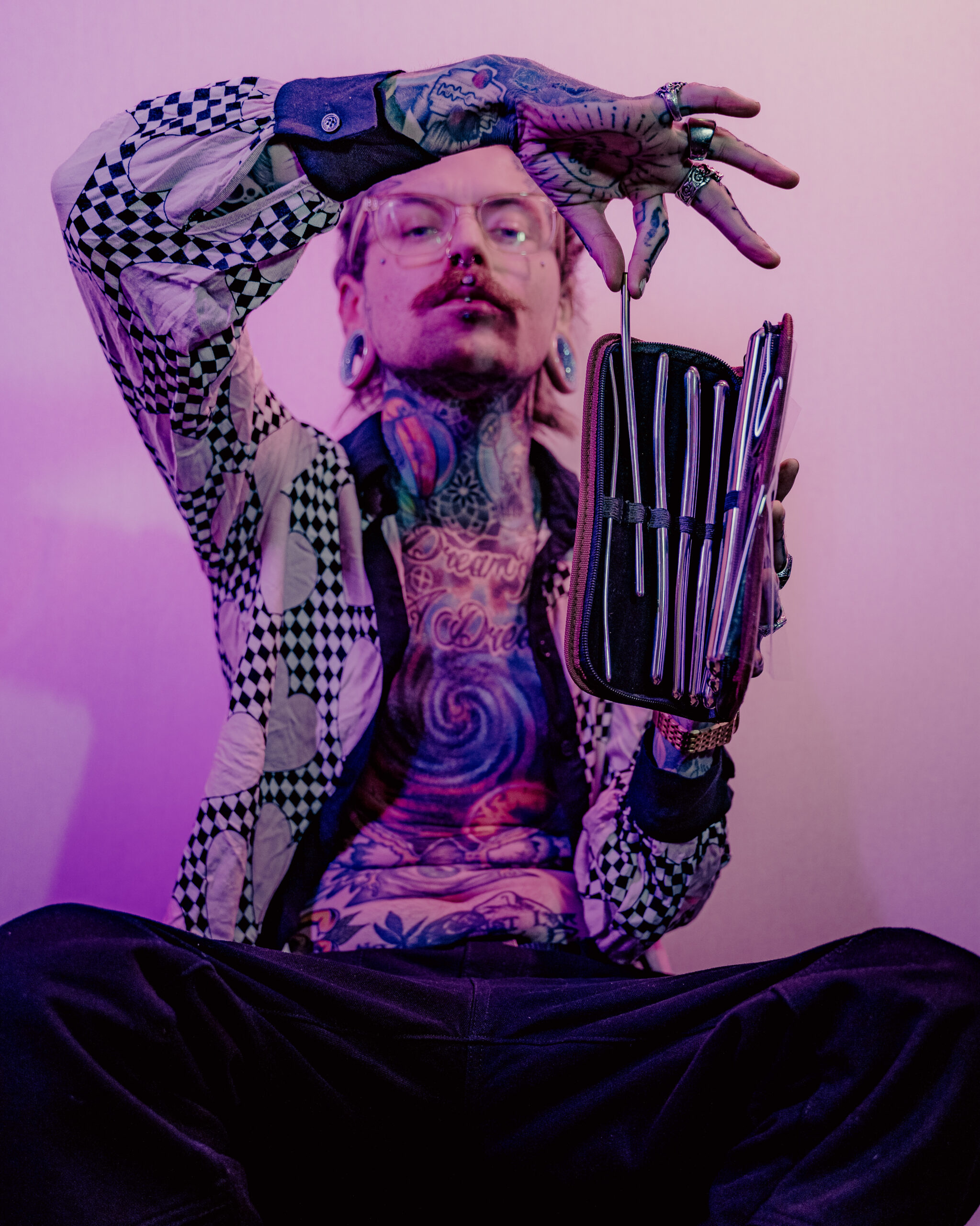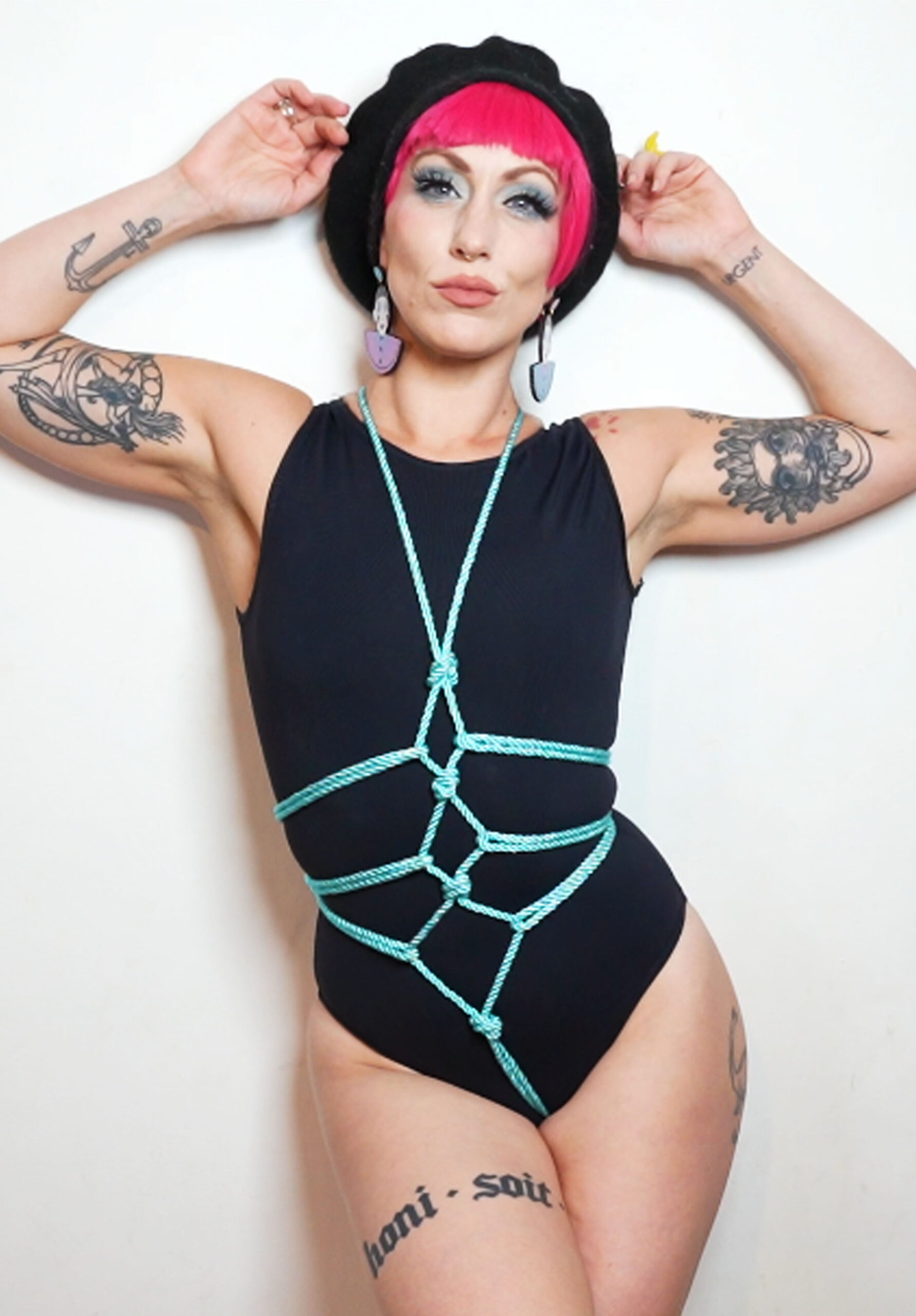The Overlapping Experiences
The concept of intersectionality illuminates how various social identities, such as gender and sexual orientation, intersect and influence an individual’s experiences. This framework recognizes that people hold multiple identities simultaneously and that these identities interact in complex ways to shape their lives. Understanding the impact of intersectionality on gender and sexual identity is crucial for fostering a more inclusive and equitable society.
Gender & Sexuality Beyond Binary Categories
The traditional understanding of gender as solely male or female and sexuality as confined to heterosexual, homosexual, or bisexual categories fails to capture the lived experiences of many individuals. Intersectionality sheds light on how these identities overlap and interact in multifaceted ways. For example, a transgender person of color may face unique challenges and discrimination based on the intersection of their gender identity, race, and sexual orientation.
This interconnectedness highlights the need to move beyond binary frameworks that limit our understanding of gender and sexuality. Recognizing the fluidity and complexity of these identities is essential for creating a society where individuals can freely express themselves without fear of prejudice or marginalization.
By embracing intersectionality, we can foster empathy, dismantle oppressive systems, and create a more inclusive and just world for all.

Recognizing the Complexity of Identities
Intersectionality recognizes that individuals hold multiple identities that intersect and influence their experiences. Applying this framework to gender and sexual identity reveals the limitations of traditional, binary understandings.
A person’s gender identity, sexual orientation, race, class, and other social positions interact in complex ways, shaping their lived realities. For example, a non-binary individual from a marginalized racial group might encounter different challenges than a cisgender white person within the LGBTQ+ community.
Understanding these intersecting identities is crucial for dismantling systemic inequalities and fostering genuine inclusivity. It allows us to move beyond simplistic labels and recognize the richness and complexity of human experiences.
Impact on Social Structures
The traditional understanding of gender and sexuality often falls short of capturing the full spectrum of human experience.
Unequal Access to Resources
Unequal access to resources is a direct consequence of the social structures that perpetuate systemic inequalities.
These structures, often rooted in historical and ongoing discrimination based on factors like race, gender, sexual orientation, and socioeconomic status, create barriers that limit opportunities for certain groups.
Individuals facing multiple intersecting identities experience a compounded disadvantage, as their access to resources such as education, healthcare, employment, and housing is further restricted.
This disparity in access creates a cycle of disadvantage, perpetuating social stratification and hindering the ability of marginalized communities to thrive.
Discrimination and Marginalization
Intersectionality reveals that social structures are inherently interwoven with discrimination and marginalization. These structures often prioritize dominant groups while systematically excluding and disadvantaging others based on their identities.
This creates a web of inequalities where individuals belonging to marginalized groups face multiple layers of oppression.
For example, a Black transgender person might experience discrimination due to their race, gender identity, and sexual orientation, compounding their experiences of social exclusion and hardship.
Recognizing the intersectional nature of these challenges is crucial for dismantling oppressive systems and achieving true equality. It compels us to address the root causes of inequality rather than treating each issue in isolation.
Representation and Visibility
Representation and visibility are fundamental pillars of social justice, particularly when it comes to gender and sexual identity.

Limited Media Portrayals
When marginalized groups lack representation in media, it reinforces negative stereotypes and perpetuates harmful misconceptions.
- Limited portrayals can contribute to a sense of invisibility and isolation for individuals who identify as LGBTQ+ or belong to other marginalized communities.
- Positive and accurate representations are essential for challenging prejudice and fostering understanding.
- Increased visibility can empower individuals by allowing them to see themselves reflected in the media they consume, promoting a sense of belonging and validation.
Amplifying diverse voices and stories across all forms of media is crucial for creating a more inclusive and equitable society.
Amplifying Diverse Voices
The traditional understanding of gender as solely male or female and sexuality as confined to heterosexual, homosexual, or bisexual categories fails to capture the lived experiences of many individuals. Intersectionality sheds light on how these identities overlap and interact in multifaceted ways. For example, a transgender person of color may face unique challenges and discrimination based on the intersection of their gender identity, race, and sexual orientation.
This interconnectedness highlights the need to move beyond binary frameworks that limit our understanding of gender and sexuality. Recognizing the fluidity and complexity of these identities is essential for creating a society where individuals can freely express themselves without fear of prejudice or marginalization.
By embracing intersectionality, we can foster empathy, dismantle oppressive systems, and create a more inclusive and just world for all.
Intersectionality recognizes that individuals hold multiple identities that intersect and influence their experiences. Applying this framework to gender and sexual identity reveals the limitations of traditional, binary understandings.
A person’s gender identity, sexual orientation, race, class, and other social positions interact in complex ways, shaping their lived realities. For example, a non-binary individual from a marginalized racial group might encounter different challenges than a cisgender white person within the LGBTQ+ community.
Understanding these intersecting identities is crucial for dismantling systemic inequalities and fostering genuine inclusivity. It allows us to move beyond simplistic labels and recognize the richness and complexity of human experiences.
The traditional understanding of gender and sexuality often falls short of capturing the full spectrum of human experience.
Unequal access to resources is a direct consequence of the social structures that perpetuate systemic inequalities.
These structures, often rooted in historical and ongoing discrimination based on factors like race, gender, sexual orientation, and socioeconomic status, create barriers that limit opportunities for certain groups.
Individuals facing multiple intersecting identities experience a compounded disadvantage, as their access to resources such as education, healthcare, employment, and housing is further restricted.
This disparity in access creates a cycle of disadvantage, perpetuating social stratification and hindering the ability of marginalized communities to thrive.
Intersectionality reveals that social structures are inherently interwoven with discrimination and marginalization. These structures often prioritize dominant groups while systematically excluding and disadvantaging others based on their identities.
This creates a web of inequalities where individuals belonging to marginalized groups face multiple layers of oppression.
For example, a Black transgender person might experience discrimination due to their race, gender identity, and sexual orientation, compounding their experiences of social exclusion and hardship.
Recognizing the intersectional nature of these challenges is crucial for dismantling oppressive systems and achieving true equality. It compels us to address the root causes of inequality rather than treating each issue in isolation.
Representation and visibility are fundamental pillars of social justice, particularly when it comes to gender and sexual identity.
When marginalized groups lack representation in media, it reinforces negative stereotypes and perpetuates harmful misconceptions.
- Limited portrayals can contribute to a sense of invisibility and isolation for individuals who identify as LGBTQ+ or belong to other marginalized communities.
- Positive and accurate representations are essential for challenging prejudice and fostering understanding.
- Increased visibility can empower individuals by allowing them to see themselves reflected in the media they consume, promoting a sense of belonging and validation.
Amplifying diverse voices and stories across all forms of media is crucial for creating a more inclusive and equitable society.
Empowerment and Advocacy
Empowerment and advocacy are vital tools in the fight for social justice, particularly when addressing issues of gender and sexual identity. They provide individuals with the resources and support necessary to challenge oppressive systems and demand equality.
Intersectionality as a Framework for Change
Empowerment and advocacy are vital tools in the fight for social justice, particularly when addressing issues of gender and sexual identity. They provide individuals with the resources and support necessary to challenge oppressive systems and demand equality.
By fostering a sense of self-worth and agency, empowerment allows individuals from marginalized communities to claim their rights and speak out against discrimination.
Advocacy, on the other hand, amplifies these voices and brings systemic issues to light, pushing for legislative and societal changes that create a more inclusive environment.
Together, empowerment and advocacy form a powerful alliance, dismantling oppressive structures and paving the way for a more just and equitable world.
Building Solidarity Among Groups
Empowerment and advocacy are vital tools in the fight for social justice, particularly when addressing issues of gender and sexual identity. They provide individuals with the resources and support necessary to challenge oppressive systems and demand equality.
By fostering a sense of self-worth and agency, empowerment allows individuals from marginalized communities to claim their rights and speak out against discrimination.
Advocacy, on the other hand, amplifies these voices and brings systemic issues to light, pushing for legislative and societal changes that create a more inclusive environment.
Together, empowerment and advocacy form a powerful alliance, dismantling oppressive structures and paving the way for a more just and equitable world.
Building solidarity among groups facing intersecting forms of oppression is crucial for achieving collective liberation.
Recognizing that our struggles are interconnected allows us to build bridges of understanding and support across different communities.
Solidarity empowers marginalized groups to unite their voices, share resources, and advocate for systemic change that benefits everyone.
When diverse communities stand together, they create a powerful force for social transformation, challenging the status quo and demanding a more equitable world.
pleasure dom
Carmen Alexandra
Spill the Beans Nutrition
